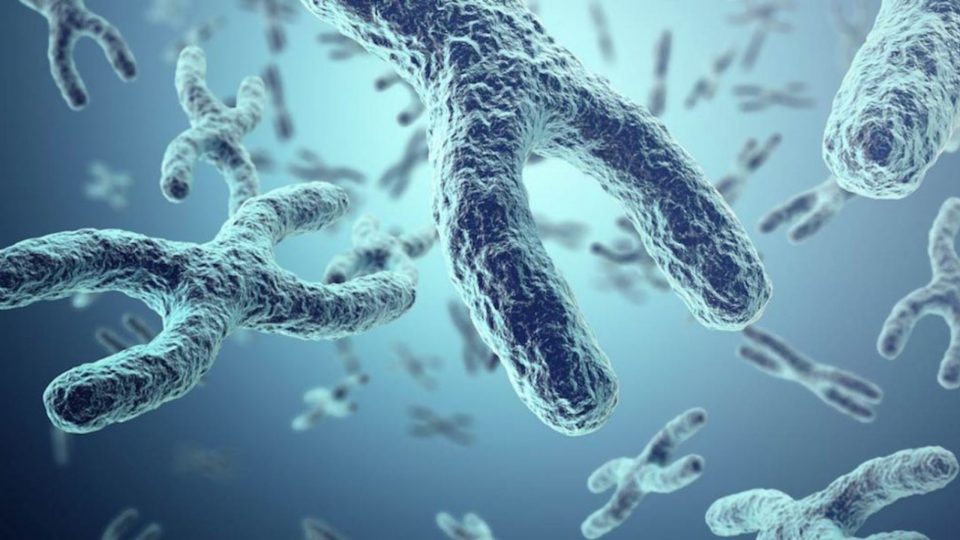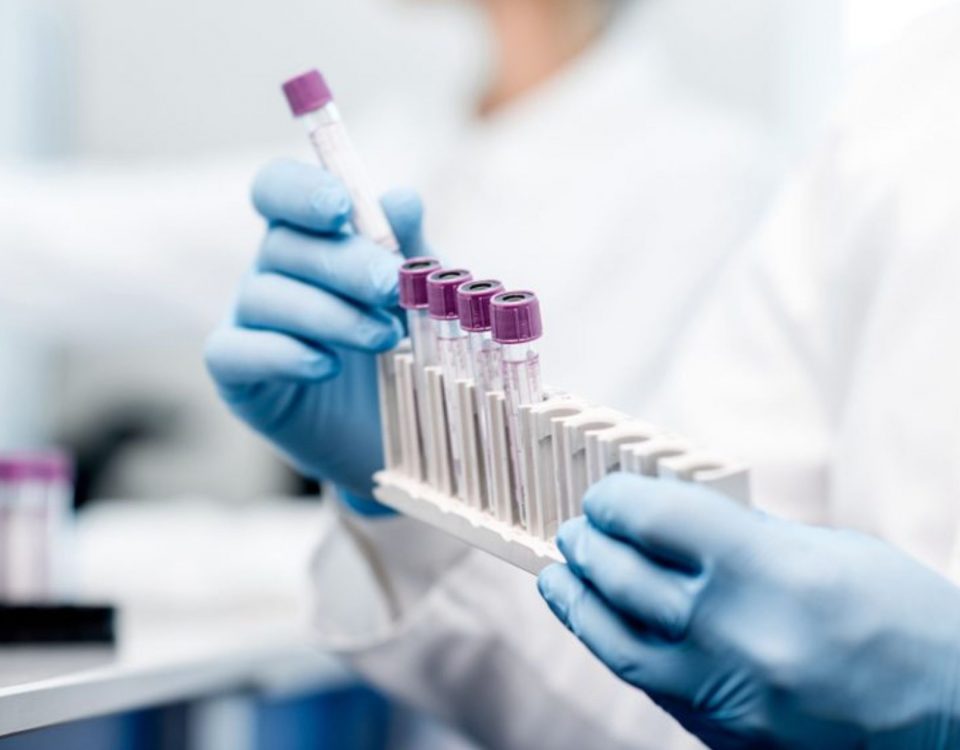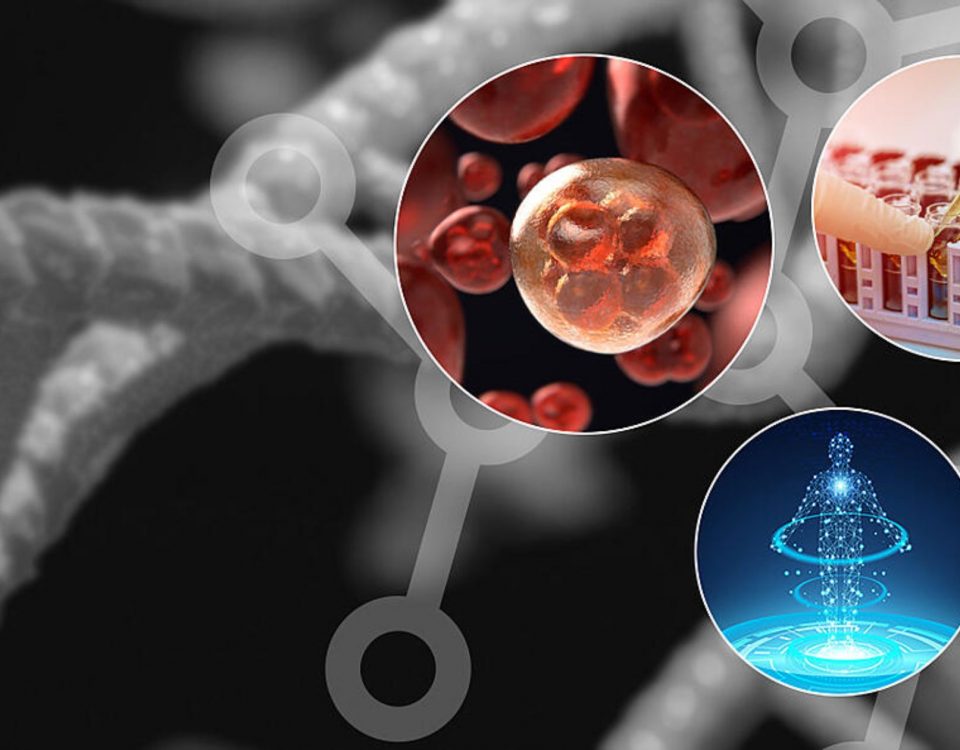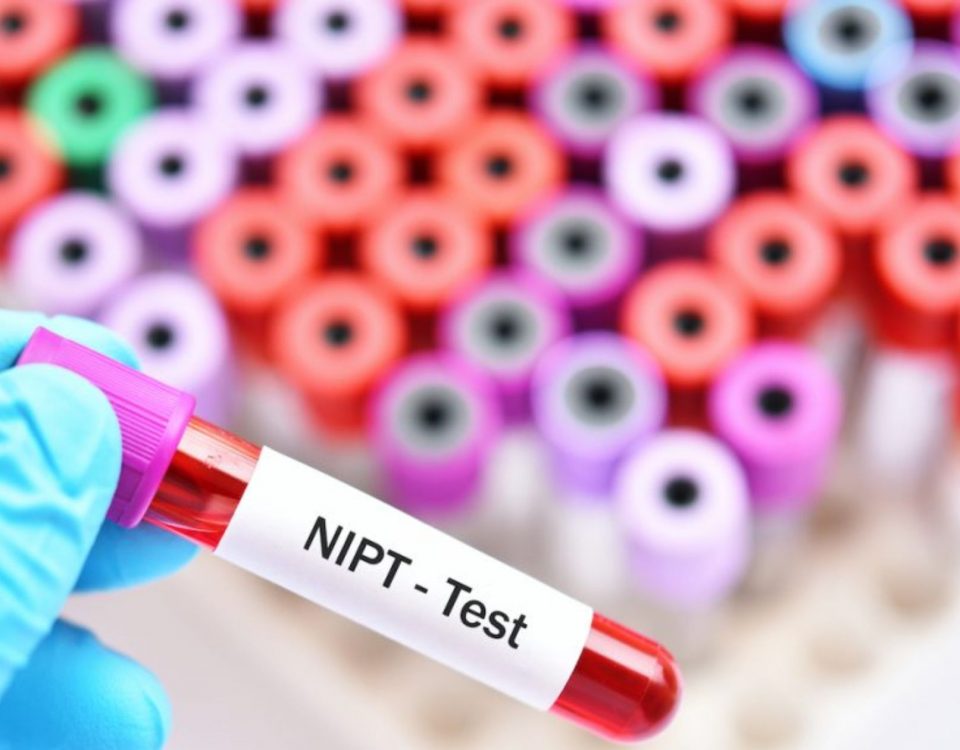
DNA Test for Adoption
June 8, 2022
Use of Relationship DNA Testing For Immigration
June 13, 2022Karyotyping is a DNA test that examines a person’s chromosomes. Every human carries 23 pairs of chromosomes. If an individual has one or more chromosomes, it generates genetic abnormalities. Such abnormalities can cause many hereditary illnesses. Karyotyping is a way to identify such genetic diseases, birth abnormalities, and blood or lymph system problems.
Types of samples that you can use for this test are the following:
Although you can use almost any cell for tests, the ideal samples are:
- Lymphocytes
- Amniotic fluid
- Blood sample
- Bone marrow
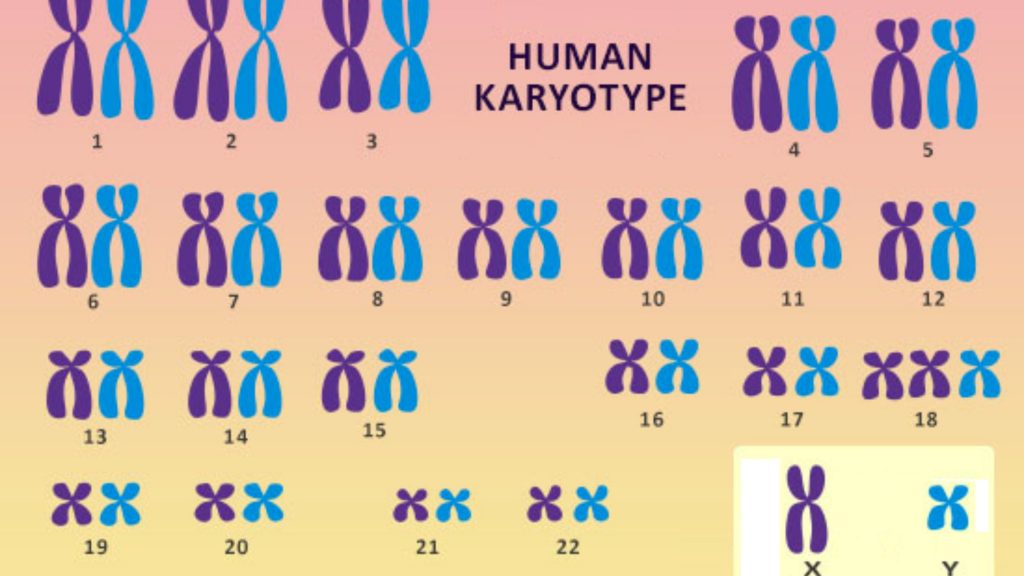
What is the procedure of this test?
- First, we isolate the chromosomes from the nucleus of the cells, put them on a slide, and stain them.
- Then we obtain a Microphotograph of the chromosomes.
- Then we rearrange the chromosomal photos in a jigsaw puzzle form. After that, we match pairs and order them by size from highest to lowest numbers 1 to 22. And at last the 23rd pair of the sex chromosomes.
- Then we orient the microphotographs of the chromosomes. Each chromosome resembles a striped straw. It has two arms of various lengths, a centromere, and a sequence of bright and dark horizontal bands.
- The length of the arms and the placement of the bands help in determining top from bottom.
- After completion of the chromosomal picture arrangement a professional checks the chromosome pairs and looks for irregularities.

